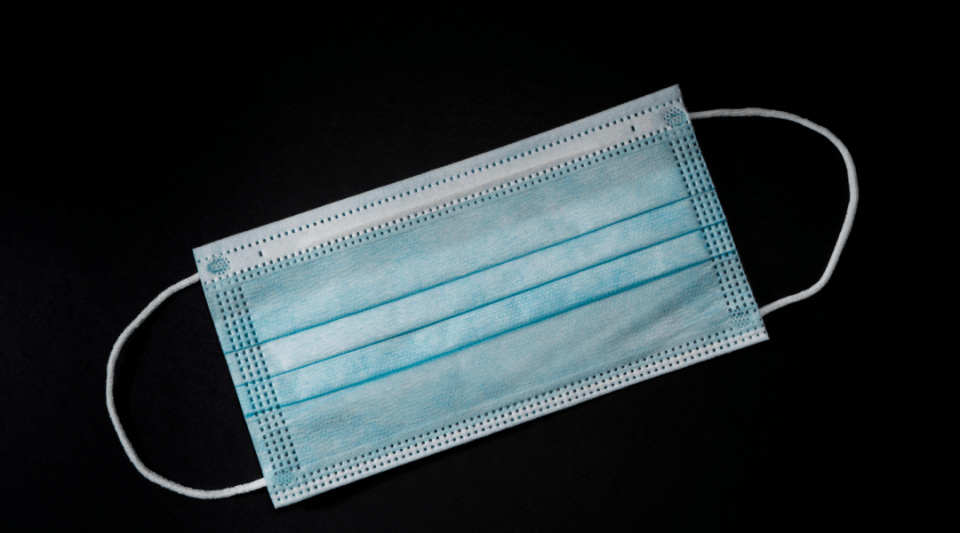It is essential for people with diabetes to maintain a good control of their blood glucose levels. In fact, it has been shown that the measurement and control of glucose through various doses of daily insulin reduces the incidence of complications, both microvascular –those that cause eye and kidney problems– and macrovascular –those that cause diseases such as strokes and heart attacks.
Although controlling blood glucose levels with multiple doses of insulin prevents all these vascular events, it is believed that it also multiplies by three the risk of severe hypoglycaemia (the one that the patient cannot resolve themselves and requires the help of another person).
The marker that was used to demonstrate this relationship was glycosylated haemoglobin (HbA1c). HbA1c is the result of the binding of haemoglobin with glucose or other free carbohydrates. It is usually found in low amounts in blood, but it is present in higher quantities in diseases such as diabetes. In the studies cited above, an inverse relationship between glycosylated haemoglobin and severe hypoglycaemia was observed. That is, the lower the HbA1c levels, because of glucose control with insulin, the greater the risk of hypoglycaemia.
These conclusions have not been confirmed since these studies were carried out in the 1990s, regardless of the progress in the treatment and control of diabetes made since then. To demonstrate whether this risk of severe hypoglycaemia continued to exist, a new investigation was carried out, led by Dr. Marga Giménez of the Diabetes Unit at Hospital Clínic in Barcelona, in collaboration with Dr. Nick Oliver and his team at Imperial College of London.
The study analysed data from 448 patients with type 1 diabetes, both children and adults. The glucose levels of these patients were compared for 26 weeks, separating them into two groups. The study analysed the levels of capillary glycaemia in half of the patients using the traditional finger prick method. In the other half, however, glycaemia was analysed through Continuous Glucose Monitoring (CGM), a new system that uses a subcutaneous device.
The group that used CGM, showed a decrease of frequency and time in hypoglycaemia (with blood glucose values lower than 70mg/dl or 54 mg/dl). This changes the relationship previously established between HbA1c and hypoglycaemia. This new measurement system facilitates achieving better HbA1 values in blood (i.e. lower) without this leading to an increased risk of hypoglycaemia.




